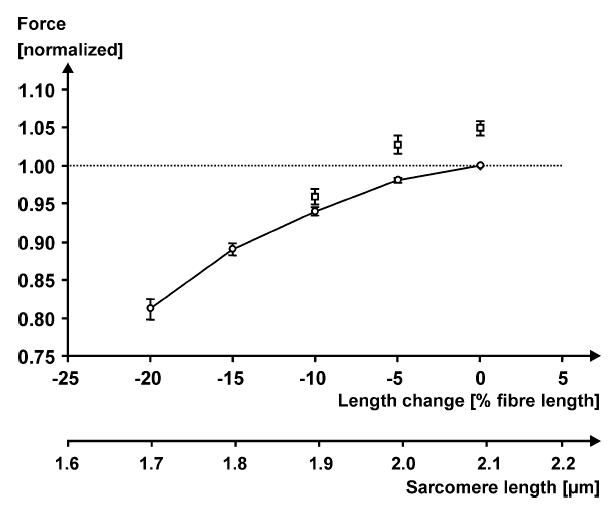Figure 3. Mean ascending limb portion of the force–length relationship (○, continuous line) and steady-state forces (mean ± s.d.) following 10% stretching (□) of single fibres (n = 10) from lumbrical muscles of frog (Rana pipiens).

Forces are normalized with respect to the maximal isometric force on the plateau of the force–length relationship (dotted horizontal line) for comparison across fibres. Fibre lengths were normalized relative to the optimal fibre length (0%), i.e. the length at which the purely isometric force was greatest. Note that there is a small but consistent amount of force enhancement on the ascending part of the force–length relationship, and that forces in the enhanced state are greater than the isometric force at optimal length for some of the experimental conditions. Temperature 8°C, stimulation frequencies for the 10 fibres ranged from 23 to 26 Hz (Peterson et al. 2004).
